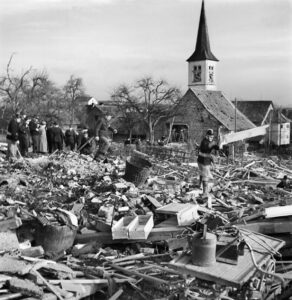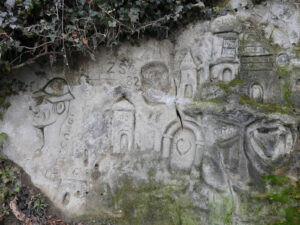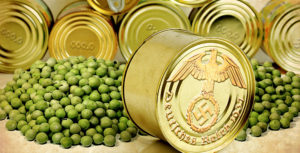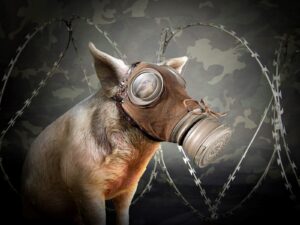
Everyday life at the border
Upon the outbreak of World War II, Switzerland immediately set about securing its borders. Including the line along the Rhine. Diaries give an insight into the everyday life of the soldiers on the border.

A glance into the diary
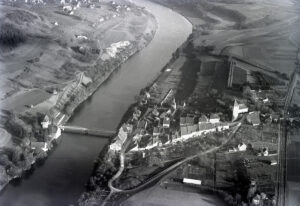
Unruly food and snappish guests

Dangerous train journeys
